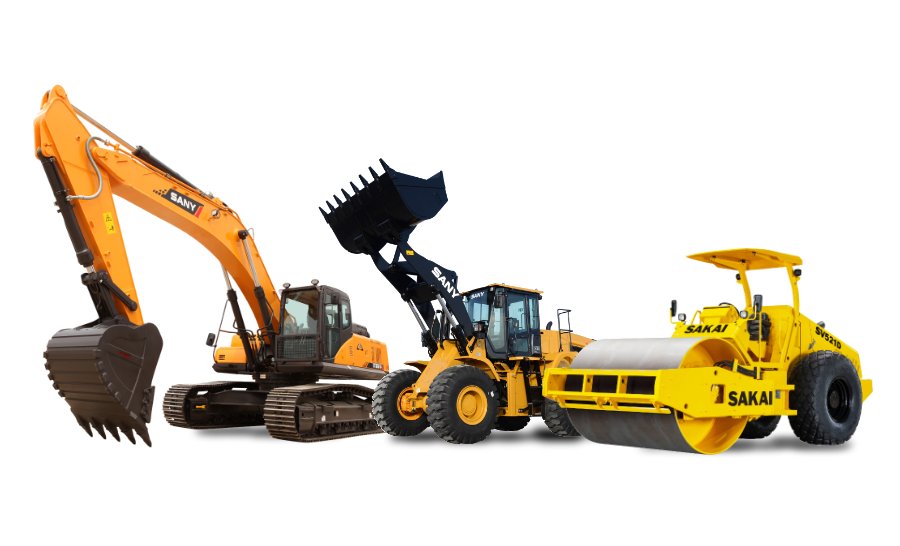Aerial Lift Rental for Construction and Upkeep Projects
Aerial Lift Rental for Construction and Upkeep Projects
Blog Article
Renting Vs. Purchasing Construction Devices: Making the Right Selection for Your Task
When embarking on a building and construction task, one of the vital choices that forecast supervisors and stakeholders encounter is whether to buy or lease construction tools. The choice hinges on numerous aspects such as expense factors to consider, task period, equipment upkeep, danger, adaptability, and scalability monitoring.
Price Considerations
When examining the monetary facet of leasing versus buying building equipment, the upfront costs and long-lasting expenditures should be thoroughly thought about. Renting equipment usually calls for lower initial payments contrasted to acquiring, making it an eye-catching option for temporary projects or service providers with budget plan restrictions. Renting removes the requirement for huge capital expenses and minimizes the economic danger linked with tools ownership, such as maintenance and depreciation prices. Nonetheless, over time, continuously renting out devices can gather greater prices than buying, especially for extensive jobs.
On the other hand, getting construction tools involves greater upfront costs but can result in lasting financial savings, especially for long-term jobs or regular users. Eventually, the choice in between acquiring and renting construction tools pivots on the project's duration, regularity of use, spending plan factors to consider, and lasting financial objectives.
Job Period

On the other hand, for long-term jobs or ongoing building job, acquiring tools could be the extra economical option. Getting devices can result in set you back savings over time, specifically if the devices will certainly be frequently made use of. Additionally, owning devices gives a feeling of control over its accessibility and enables personalization to fit certain job needs.

Devices Upkeep
Given the essential role task period plays in establishing the most affordable technique in between leasing and buying building tools, the emphasis now changes in the direction of examining the vital element of tools upkeep. Proper maintenance is important for ensuring the optimum performance and long life of construction devices. Renting devices typically features the benefit of having actually well-maintained equipment given by the rental business. This can ease the problem of upkeep jobs from the project proprietor or service provider, conserving effort and time. On the other hand, having tools needs a proactive technique to upkeep to stop break downs, make certain security, and expand the equipment's life expectancy. Normal evaluations, maintenance, and timely repair work are required to maintain owned and operated tools in top functioning problem. Element in upkeep costs when choosing in between acquiring and renting, as overlooking maintenance can bring about costly repair services, downtime, and project delays. Ultimately, a well-maintained construction devices fleet, whether rented or possessed, is vital for the effective and successful completion of construction projects.
Adaptability and Scalability
In the world of construction tools administration, the facet of versatility and scalability holds substantial importance for task effectiveness and source application. Choosing to rent building equipment gives a high degree of versatility as it allows for the fast adjustment of devices kinds he said and amounts based upon the advancing needs of a task. Leasing makes it possible for service providers to access a wide variety of specific equipment that might be required for specific jobs without the long-term commitment of ownership. This adaptability is especially useful for tasks with varying demands or uncertain durations (aerial lift rental).
Moreover, scalability, one more vital element, is inherently linked to adaptability. Leasing building equipment uses the advantage of conveniently scaling procedures up or down as job needs rise and fall. Specialists can promptly add or trade equipment to match the task's changing needs without the constraints of owning possessions that may come to be underutilized or obsolete. This ability to scale resources efficiently can lead to expense savings and boosted job timelines, making leasing a positive option for projects calling for flexibility and receptive resource allowance.
Danger Management
Reliable danger administration in building devices operations is vital to making certain project success and mitigating potential monetary losses. Building and construction projects inherently entail numerous dangers, such as tools breakdowns, crashes, and project delays, which can significantly influence the job timeline and budget. By very carefully considering the threats related to owning or renting out building tools, task supervisors can make informed decisions to minimize these prospective threats.
Leasing building tools can supply a level of threat reduction by moving the duty of upkeep and repair work to the rental company. This can lower the financial burden on the job owner in instance of unexpected tools click here now failures (forklift rental). Additionally, leasing provides the adaptability to accessibility specific equipment for particular project phases, decreasing the risk of possessing underutilized equipment
On the other hand, possessing building and construction equipment offers a sense of control over its use and maintenance. Nevertheless, this likewise means birthing the complete responsibility for repairs, upkeep expenses, and depreciation, increasing the monetary dangers related to devices possession. Mindful risk assessment and factor to consider of elements such as task duration, equipment use, and upkeep needs are crucial in figuring out heavy duty lawn roller rental the most appropriate choice for reliable danger management in construction projects.
Final Thought
To conclude, when making a decision between purchasing and renting construction devices, it is very important to think about cost, task period, tools maintenance, danger, adaptability, and scalability administration. Each factor plays an important function in figuring out one of the most suitable alternative for the job at hand. By carefully examining these facets, job managers can make an informed choice that aligns with their budget plan, timeline, and general project objectives.

Report this page